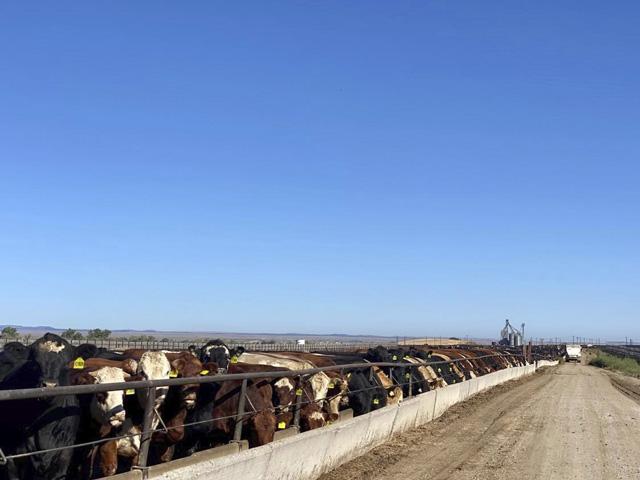Call the Market
Cash Cattle Trade is Crucial to Cattle Market's Health
By now, you've probably heard about the great accomplishments of last week's cattle market. From the rallying cash cattle trade; to the higher quest traders sought throughout the futures complex; to the market's relentless beef demand; and feeder cattle prices that continue to trek higher -- it was truly a historical week.
The one thing I don't want overlooked about how last week's market played out is that the cash cattle market led the futures complex higher.
It was just a year ago when legislation was on the forefront of cattlemens' minds regarding whether or not packers should be mandated to buy a percentage of their weekly needs through the cash cattle market. Some organizations felt like the bill would protect the cattle market and preserve transparency in the marketplace, while other organizations felt like it was government overreach and there could be retaliatory actions taken by packers.
P[L1] D[0x0] M[300x250] OOP[F] ADUNIT[] T[]
In my opinion, I believe last week's market displays why we cannot ever afford or allow for the cash cattle market to become a trading platform of the past. Traders were only mildly supporting the contracts until they saw feedlots selling cattle for $7.00 to $9.00 higher than the previous week, which happens to be all-time high prices for the cash market. I'm convinced that, in bullish markets, traders look to the fundamentals, and to the cash cattle complex for direction. In depressed markets, it's the cash cattle complex that does the heavy lifting to keep prices from completely falling out of bed as traders wipe their hands of the thinly traded complex.
Which leads me to the next point: What would last week's market have amounted to if the feedlots wouldn't have worked the cash market as aggressively as they did? What would have happened if prices only traded $1.00 higher or remained steady?
The answer is simple: Traders would have likely allowed the futures complex to trade sideways, still supporting its strong nature, but the gains and the true price discovery seen last week wouldn't have been attainable.
Yes, we must also credit the other supporting factors of the market -- higher boxed beef prices, current showlists, and an incredibly thin supply of front-end cattle. But those factors weren't the driving force that sent the futures complex soaring $3.00 to $5.00 higher. It was the momentum seen in the cash cattle complex that did that.
Why does highlighting this point matter? Because after this bull run, we know prices will become soft again and the pendulum will swing back into packers' favor and then they will possess most of the market's leverage. If the cash cattle market isn't protected, what's going to allow cattlemen transparency into the fat cattle market? Remember back in January 2022, Texas A&M did a study on the cash cattle market and concluded that, if no changes were made, the Southern Plains would have virtually no cash cattle trade by 2026 -- a short three years away from now.
The cash cattle market is vital to the health and well being of the entire cattle complex. Without it, I don't believe true price discovery could be attainted and I don't believe there would be as much transparency in the marketplace. Last week's market was truly historical, but it wouldn't have been half of what it was if it weren't for the tenacious nature of the cash cattle market.
ShayLe Stewart can be reached at ShayLe.Stewart@dtn.com
(c) Copyright 2023 DTN, LLC. All rights reserved.





